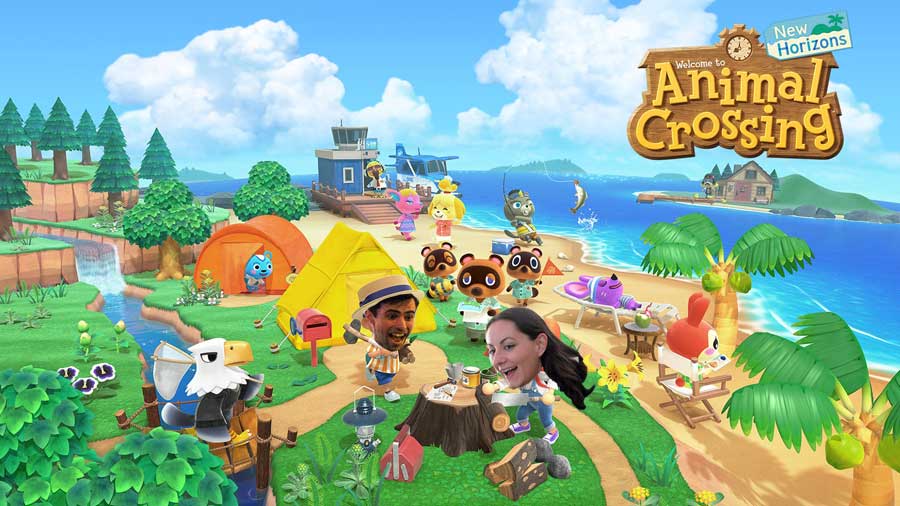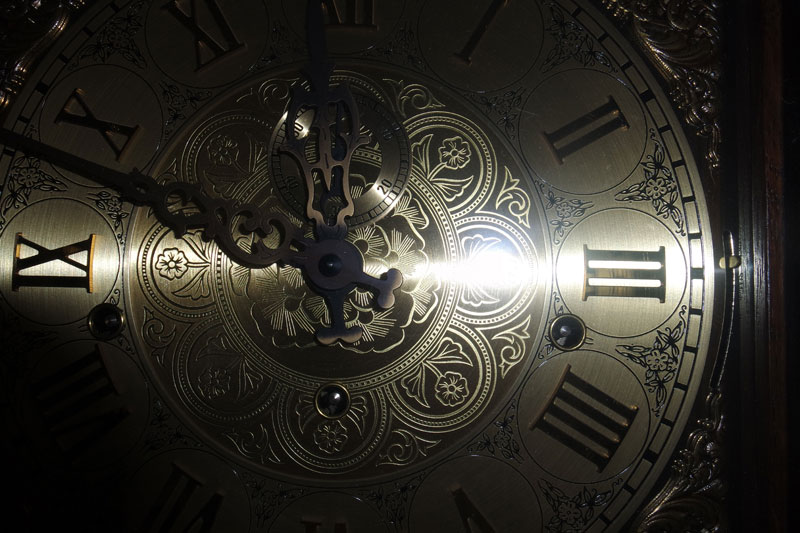Thirty-five days. Has it been that long? That actually doesn’t seem like a long enough amount of time compared to how it feels — but then it also feels like yesterday. I’m sure you know the feeling, as we’re all in a similar boat right now. So, what is it that happened just an tad over a month ago?
Animal Crossing: New Horizons came out for the Nintendo Switch!
No. Well, yes, but actually what I’m more so referring to is the California stay-at-home order that went into place March 19, 2020 in response to the COVID-19 pandemic. It was a Thursday night, I’d come home very early from work (bad allergy fever), Sydney and I had just gotten back from a perfectly-timed grocery store trip, and then we saw the news. My office was shut down effectively immediately, though Sydney’s company had already had the ability to get everyone working from home the Monday prior. So, we were bunkered in place, me without a job until I heard otherwise, and had nowhere to go.
And then came Animal Crossing.
I’m going to save the full review of this adorable little game for my beautiful wife to share, because she’s the true fan. She has loved this video game series since its inception, and we have collectively been counting the days until this new game’s release. Quite coincidentally, that date fell on the same day that California was officially on lockdown. Our digital copy was pre-loaded, ready to go, and come 9pm that night, Sydney was finally able to start up and play this game that she’d been anticipating for so long — and I was the luckiest guy in the world to be able to join her on that ride of glee, giggles, and joy.
Thirty-five days. I can count the number of times I’ve left our apartment complex in that time: once to pick up an extra computer monitor from a church friend for Sydney’s at-home workstation, once for a needed grocery restock, and once to go pick up my work computer and supplies when I was finally able to get back to working. Just three times, though that doesn’t count the mid-day walks I took several times or the rare moments in the sun I enjoyed while getting the mail or taking out trash. Sydney can do even better than that, in that she hasn’t even stepped foot outside of our home once during this whole time.
But we are very fortunate and very okay. We’re so fortunate that Sydney was able to keep working without any hiccup, that I’m now back to full-time hours for the time being, that we have a safe home to stay in, and that so far we’ve both remained healthy. We’re blessed that friends are available to chat at the swipe of a phone screen, that we can join in video chats with our Bible study group every week, and that we’ve been able to enjoy so much great entertainment.
And that brings it all back to Animal Crossing!
I knew that I was going to lose my wife to this game, and that’s true in that as of today she has logged over 140 hours of playtime since it came out. She still reads her Bible, exercises, showers, and lives her life as much as she can in our current situation, but by golly does she love that game! Of course, what I wasn’t expecting is that I was going to follow suit so closely, having racked up over 115 hours in the game, myself. Granted, I had all of the time in the world for the first few weeks and used it a bit to keep me sane during Sydney’s workday, but pretty quickly I went from just playing to participate in the thing my wife loves to actually making it my own. This game is just about the most adorable thing I’ve ever seen, filled with charm and accidental hilarity, and it really does offer a lot of bang for the buck. It’s a slow burn, made for those who want to relax with a game and take their time (it follows the real-time clock, so every game day is a literal 24 hours), but it’s really fun for those of us who can dig it.
Most importantly, Animal Crossing: New Horizons is sweet, and in a world that is angry, scared, and hurting, it’s been a really wonderful reprieve and some very fun escapism. I follow up on what news I need to, chat with my friends about various highs and lows, take care of myself and my wife, and spend time praising God in the midst of troubling times, but I’ve also really enjoyed being able to mindlessly catch bugs, take funny photos, and embrace the ever-cute nature of this game. It has given Sydney and I something to comment on and chat about throughout the day that isn’t a virus or the political rage that are both infecting folks out there at a tragically high rate. I can share something God pointed out to me in my morning reading, and then chat about what our crazy game-neighbor did that day, and we can enjoy it.
And by golly, that’s what we can all do right now — enjoy things! I am not unaware that a lot of people out there aren’t as lucky as Sydney and I are. There are those who are sick, who’ve lost loved ones, who are out there putting their lives on the line to serve both of those groups (and us!). Plenty out there are afraid when they look at their bank accounts, and plenty of other folks are just angry about the whole thing and lashing out. But as actor John Krasinski has been wonderfully sharing, there are also still plenty of good things out there in life right now. And for me and my wife, one of those things has been Animal Crossing: New Horizons. There is a big new update hitting today, and ya know what, I can’t wait to get off work and explore it with Sydney! Oh, who am I kidding… we’ll be playing during our lunch break.
I’m not sure how much longer we’ll be staying at home, and I’m not sure what life will look like as we all start peeking our heads out more regularly again down the line, but for as tragic as the losses and pains are in the world, I will always look back on the last thirty-five days with a bit of fondness in my heart — memories of cuddling up on the couch with my wife and our cat, and the many hours of playing this adorable game together and being able to laugh and cherish each other in the midst of all else going on.
Oh, and also we got a cat… but more on that next time. 🙂

